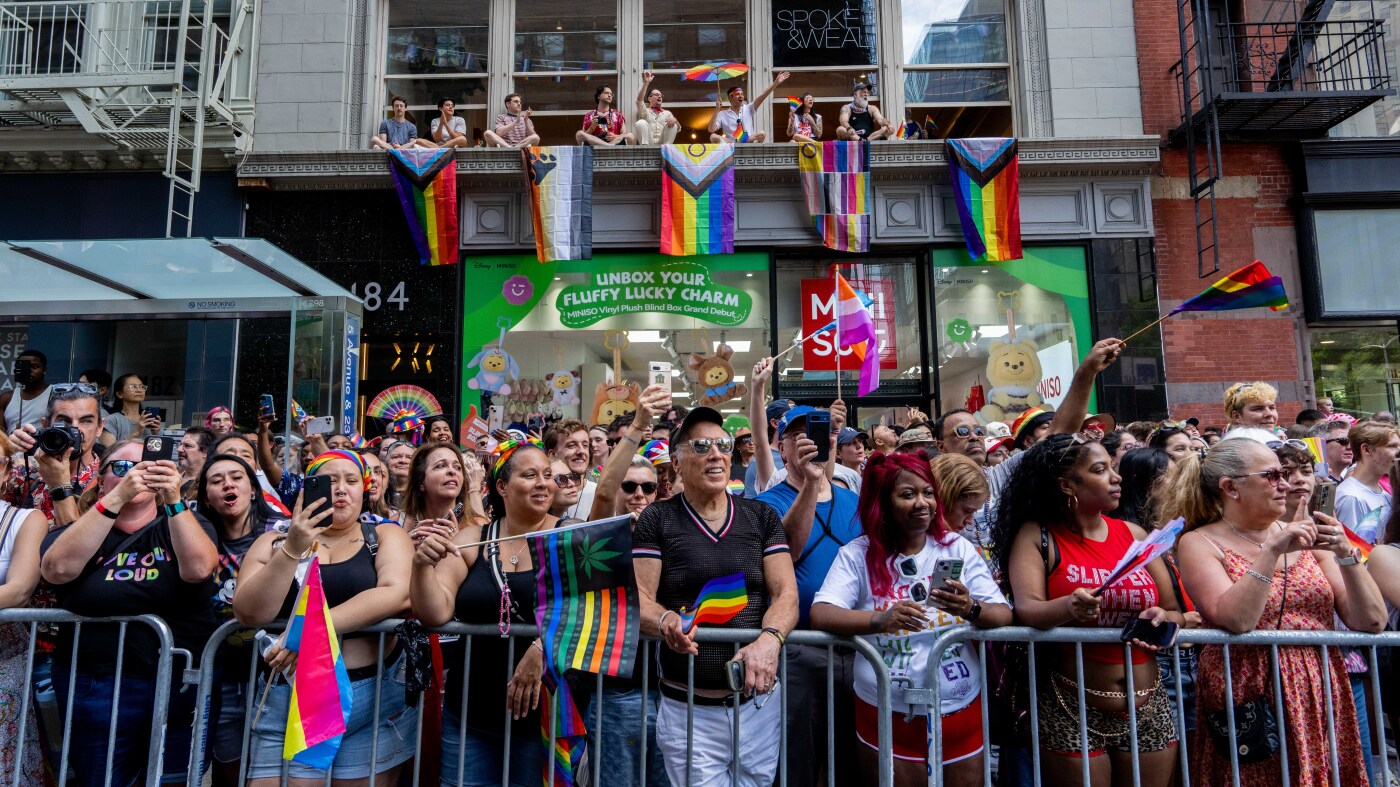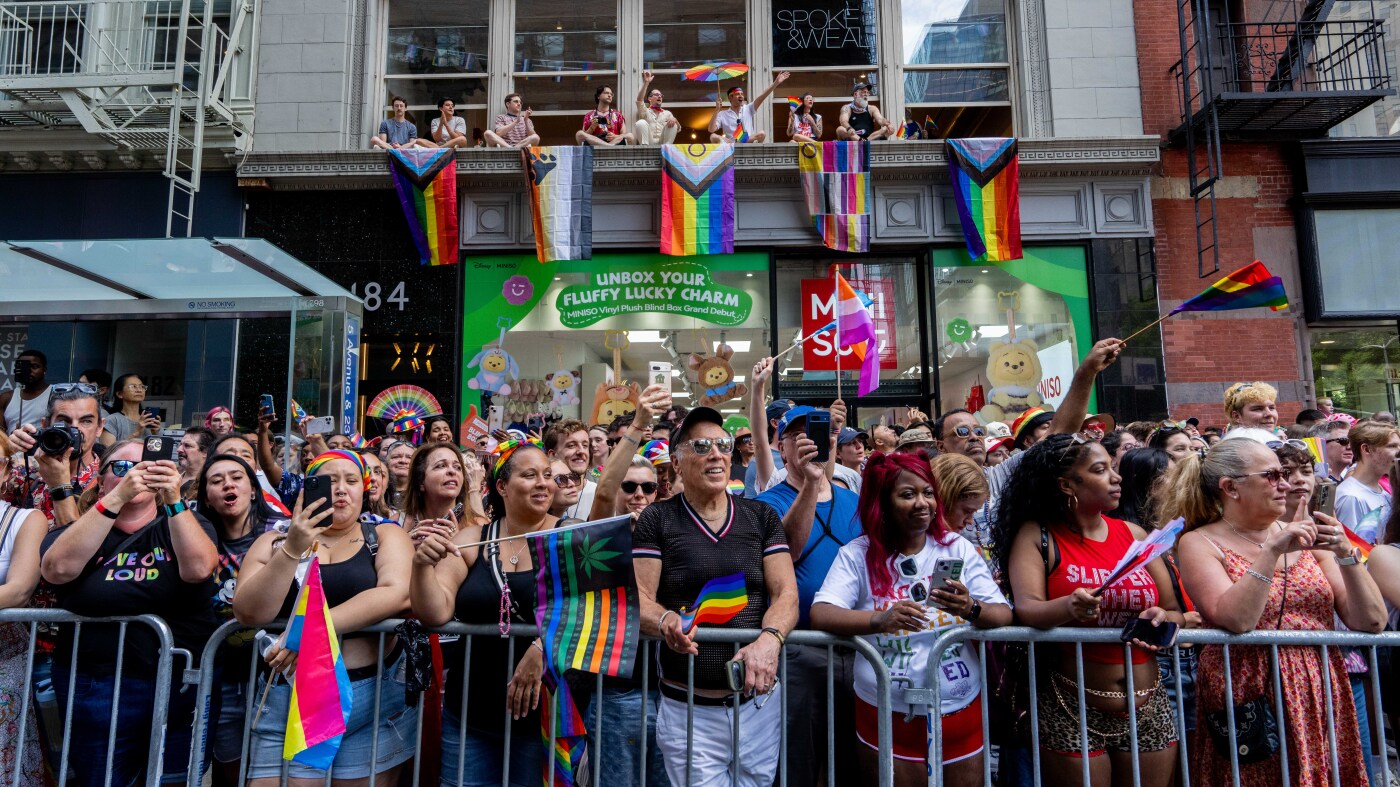Celebrations and protests intertwined as Pride Month drew to a close in major US cities and global locations, with New York City and San Francisco standing out as principal hubs for vibrant expressions of LGBTQ+ identity, solidarity, and political activism. The culmination of Pride Month in 2025 was a poignant reminder of the dual nature of this annual observance—celebrating progress while demanding justice and equality.
The Culmination of Pride Month: A Time of Joy and Resistance
Pride Month, observed annually in June, has long been a time of both exuberant celebrations and calls for equality and justice. The events marking the end of Pride Month in 2025 showcased this dual nature vividly. From large-scale parades to focused protests, communities worldwide convened to revel in progress and highlight continuing struggles. In New York City, the theme “Rise Up: Pride in Protest” anchored this year’s Pride march, recalling the legacy of the Stonewall Riots of 1969. Over 700 groups participated in the march along Fifth Avenue, pushing past the Stonewall Inn, now a national monument symbolizing resilience and activism. The estimated attendance reached approximately 2.5 million spectators and marchers, paralleling or surpassing prior years.
Similarly, San Francisco hosted one of the world’s largest Pride events, with participants parading down Market Street towards concert stages at the Civic Center Plaza. The Bay Area’s event meshed colorful pageantry with political resolve, blending celebration with urgent advocacy. These events underscored the importance of Pride as both a celebration of identity and a platform for activism.
Politics at the Forefront: Addressing Transgender Rights
A defining element of the Pride Month finales was the pronounced focus on transgender rights amid political controversy. Participants in New York and other cities directed protest energy at policies associated with former President Donald Trump’s administration that targeted transgender individuals. These policies included restrictions on transgender people’s access to healthcare, military service bans, and limitations on legal protections. Marchers wielded signs and slogans calling for dignity, full inclusion, and an end to systemic discrimination. This activism underscored Pride not merely as a festive occasion but as an essential platform for marginalized voices and a demand for social justice.
The political undertones of Pride events were particularly evident in the calls for policy changes and the protection of transgender rights. The intersection of celebration and activism highlighted the ongoing struggle for equality and the need for continued vigilance in the face of political opposition. The events served as a powerful reminder that Pride is not just about visibility but also about demanding systemic change.
Global Dimension: Pride Beyond US Borders
The weekend of Pride festivities extended across the globe. Cities like Budapest also held parades and demonstrations, underscoring that the fight for LGBTQ+ rights is universal. While celebrations varied in scale and tone, the connective thread was the same—recognition of identity, community, and resistance to oppression. WorldPride 2025 in Washington, D.C., recently concluded with a large rally and march on the National Mall. More than 1,000 people gathered to address what organizers described as a “coordinated and systemic attack” on human rights, blending cultural events such as drag performances with sustained activism.
The global dimension of Pride events highlighted the universal struggle for LGBTQ+ rights and the importance of solidarity across borders. The events in Washington, D.C., and Budapest demonstrated that Pride is a global movement, with communities worldwide coming together to celebrate and advocate for equality. The international scope of Pride events underscored the shared experiences and challenges faced by LGBTQ+ communities around the world.
The Cultural and Historical Resonance of Pride
Pride’s modern iteration balances jubilant celebrations with serious political undertones rooted deep in history. The very first Pride March in 1970 marked the anniversary of Stonewall and was itself an act of defiance and visibility amid widespread discrimination and criminalization of homosexuality. In 2025, Pride events consciously echoed this heritage by signaling that protest remains essential. Amid streams of multicolored flags and exuberant music, the message rang clear: Pride is not only an expression of identity and love but also a stage for demanding systemic change.
The cultural and historical resonance of Pride events was evident in the ways communities honored the past while advocating for the future. The legacy of Stonewall and the first Pride March served as a powerful reminder of the ongoing struggle for equality and the importance of continued activism. The events in 2025 demonstrated that Pride is not just a celebration but a movement that draws on its historical roots to inspire future generations.
Impact and Outlook
The end-of-Pride-Month events demonstrated how LGBTQ+ communities continue to evolve strategies—celebration and protest intertwined—to advance rights and social acceptance. By robustly marking their presence in historically and politically charged spaces, marchers and advocates have kept conversations about equality and justice at the forefront of public discourse. As the political landscape shifts, particularly around transgender rights, these Pride events maintain an essential role in mobilizing supporters, educating allies, and pressuring policymakers. The spectacle of joy and resistance combined sends a powerful reminder: Pride is as much about honoring past struggles and victories as about facing contemporary challenges head-on.
The impact of Pride events extends beyond the celebrations themselves. The events serve as a catalyst for ongoing activism and advocacy, inspiring individuals and communities to continue the fight for equality. The intersection of celebration and protest ensures that Pride remains a dynamic and potent force for inclusion, dignity, and human rights worldwide.
Conclusion: Pride as Enduring Spirit and Movement
The 2025 Pride Month culmination captured the complex identity of this annual observance—a dance of celebrate and confront, rejoice and resist. In cities like New York and San Francisco, millions joined together not only to honor LGBTQ+ culture and achievements but also to renew their commitment to challenging injustice. The legacy of Stonewall lives on through “Rise Up: Pride in Protest,” ensuring that Pride remains a dynamic, potent force for inclusion, dignity, and human rights worldwide. The events of 2025 demonstrated that Pride is an enduring spirit and movement, one that continues to inspire and mobilize communities in the ongoing struggle for equality and justice.








